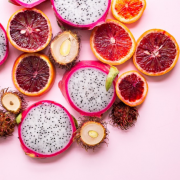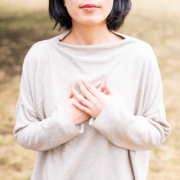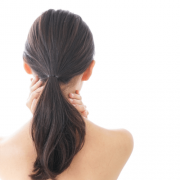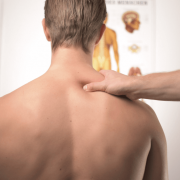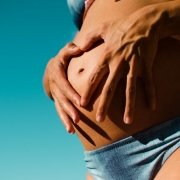5 Breast Cancer Myths
The internet is a fantastic thing — Endless information at our disposal within seconds. While the internet has made it easy for women to find information on topics such as breast cancer, it also is ripe with bogus information. Myths about breast cancer are often circulated online and through social media. Here are five common breast cancer myths:
Myth #1: Deodorant causes breast cancer
Some people worry that the chemicals in everyday products (such as cosmetics or toiletries) may cause cancer, but there is no good scientific evidence that this is true. This myth was based on flawed studies on common ingredients in the deodorant, most notably aluminum, which blocks sweat glands and prevents you from perspiring. Some people worried that it would block the release of toxins leading to damage of the breast tissue and estrogen receptors. However, the body does not release toxins through sweat glands. Toxins are processed by the liver and kidneys and expelled through urine and feces.
Moreover, this myth was propagated because women are instructed not to wear deodorant when they have a mammogram. Aluminum is again the culprit here. Aluminum particles look like tiny white dots on a mammogram, mimicking the appearance of calcifications within the breast, which can be an early sign of breast cancer. The aluminum particles can be difficult to distinguish from calcifications on the mammogram. Thus, patients are asked to go au naturel for their mammogram. If you are worried about odor, consider bringing some with you to apply after the exam.
Myth #2: Breast implants cause breast cancer
It is understandable that many women fear that breast implants may increase their chances of breast cancer. Breast implants change the look, shape, and feel of the breasts. Fortunately, breast implants are some of the most studied medical devices in history. There is no compelling evidence that they change your risk of breast cancer. Implants do affect the quality of your mammogram, but radiologists have techniques to examine the breast tissue around the implant.
Myth #3: Young women don’t get breast cancer
Approximately 5% of breast cancer cases are diagnosed in women under the age of 40. Breast cancer risk increases as you grow older, but it can occur at any age. Any woman experiencing symptoms of breast cancer—a breast lump or mass, nipple discharge, changes to the skin of breast or nipple, breast pain—should be examined by a doctor, regardless of age.
Myth #4: Men can’t get breast cancer
Both men and women have breast tissue. Therefore, both men and women can get breast cancer. While exceedingly rare (less than 1% of all breast cancers occur in men), signs or symptoms of breast cancer in men should not be overlooked. Men with a strong family history of breast cancer or known genetic mutation (BRCA) should consider regular screening.
Myth #5: Breast cancer can only be inherited
Many women are less concerned when it comes to screening for breast cancer because “it doesn’t run in the family.” The vast majority (up to 75-80%) of patients with breast cancer do not have a genetic mutation or family history. A genetic mutation or family history certainly increases your risk, but it is essential to remember that breast cancer can occur in any woman.
Thank you to a Few Words for publishing this article on Medium.
Blog Author: Dr. Richard Wagner
Main Blog Photo By: Charles 🇵🇭 on Unsplash



